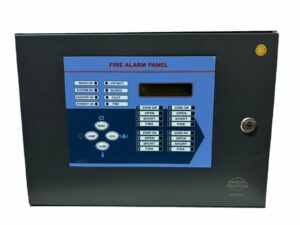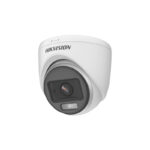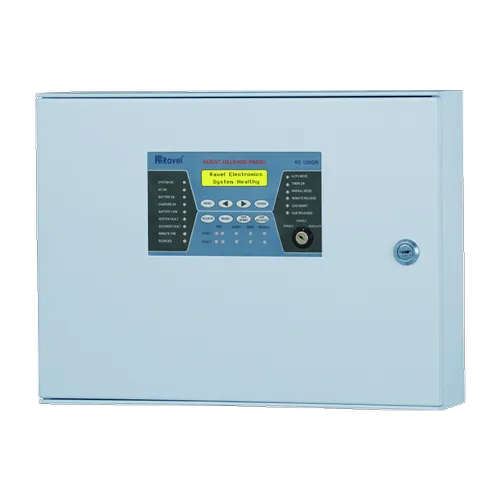Description


-
Zone-Based System:
- In a conventional system, the building is divided into different zones. Each zone may consist of several devices (smoke detectors, heat detectors, pull stations, etc.).
- When an alarm is triggered, the fire panel indicates which zone the alarm was activated in. However, the exact location of the device that triggered the alarm is not specified.
-
Wired Devices:
- Conventional panels typically use wired connections for communication between the alarm panel and the various detectors and devices. Each zone is wired separately to the panel, which can limit flexibility in large buildings.
-
Simple Design:
- These systems are generally simpler and more cost-effective compared to addressable systems. They are suitable for smaller buildings or areas where there is a need for basic fire detection.
-
Manual and Automatic Detection:
- Conventional fire alarm panels use both manual devices (like pull stations) and automatic detection devices (like smoke or heat detectors) to detect fire or other emergencies.
- Once an alarm is triggered, it will activate the visual and audible alarms (horns, sirens, flashing lights) to alert building occupants.
-
Alarm Indication:
- Conventional fire alarm panels typically show the zone where the alarm was activated, but they don’t specify which exact device (e.g., which smoke detector) triggered the alarm. This can make it more difficult to pinpoint the exact location of the fire.
- The panel will display a visual indication of which zone is activated (e.g., Zone 1, Zone 2, etc.).
-





Reviews
There are no reviews yet.